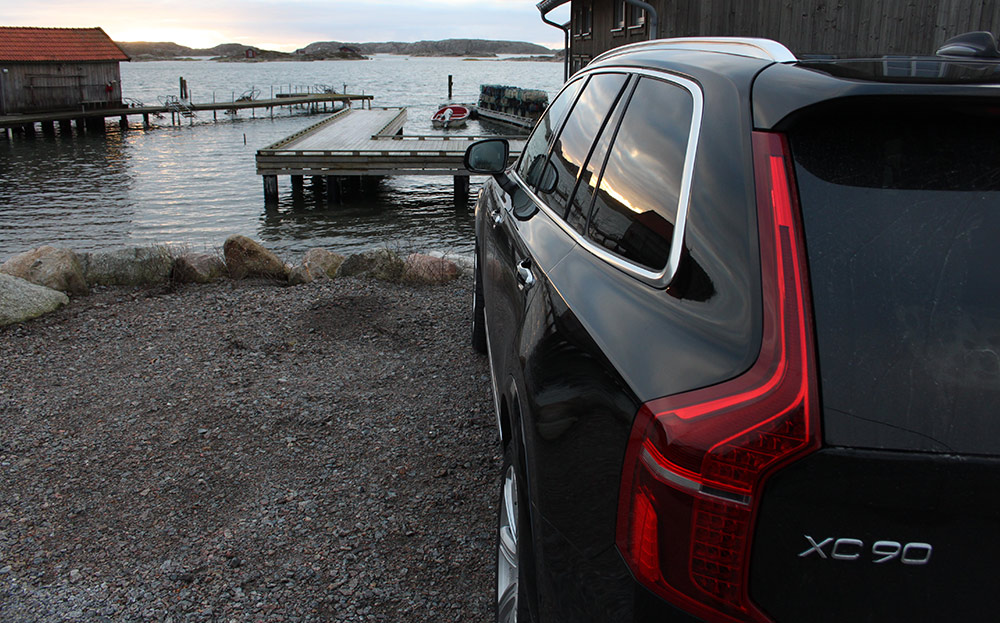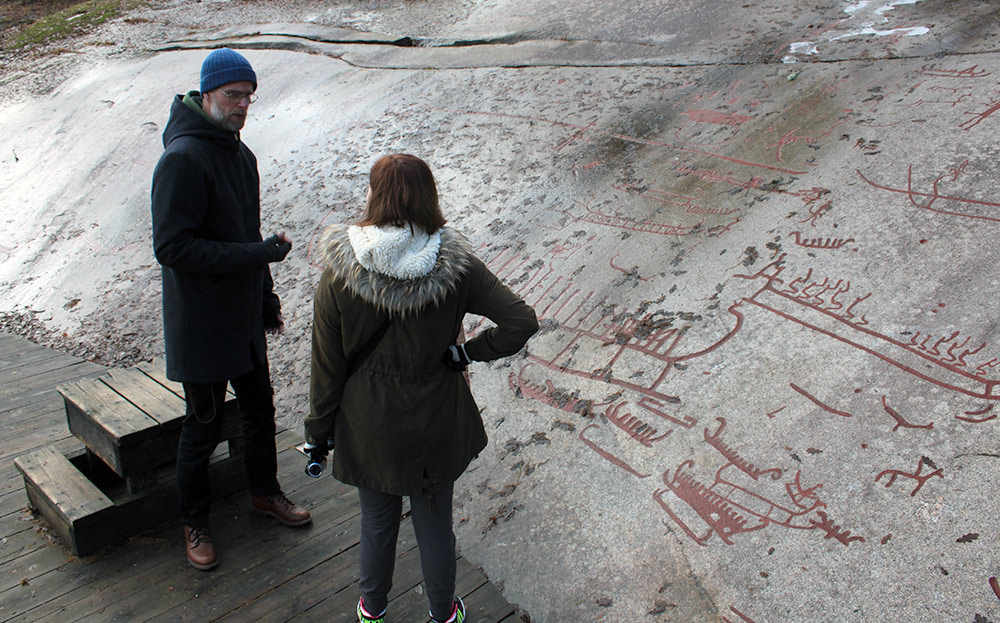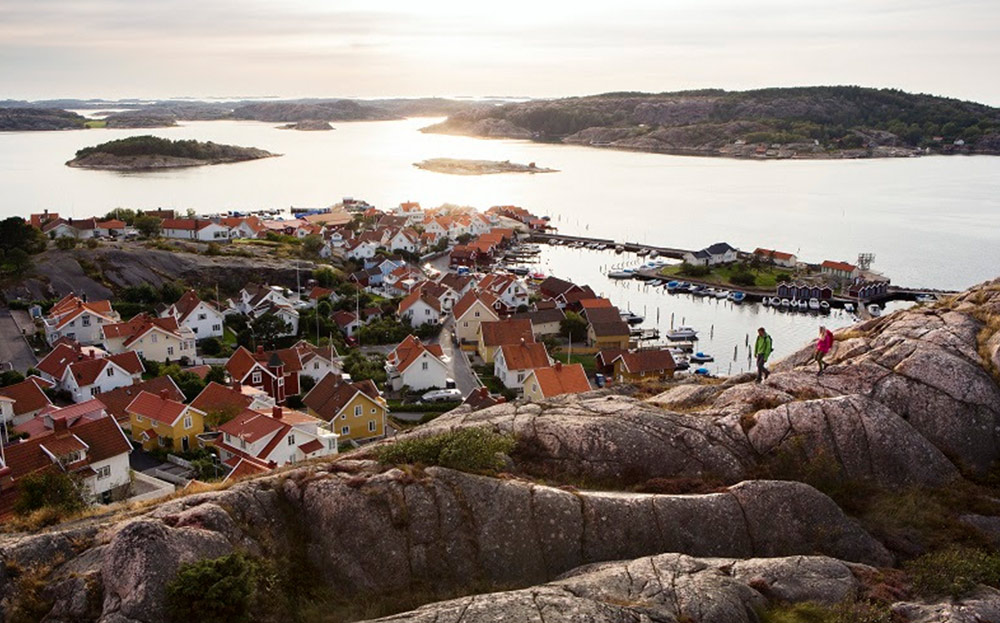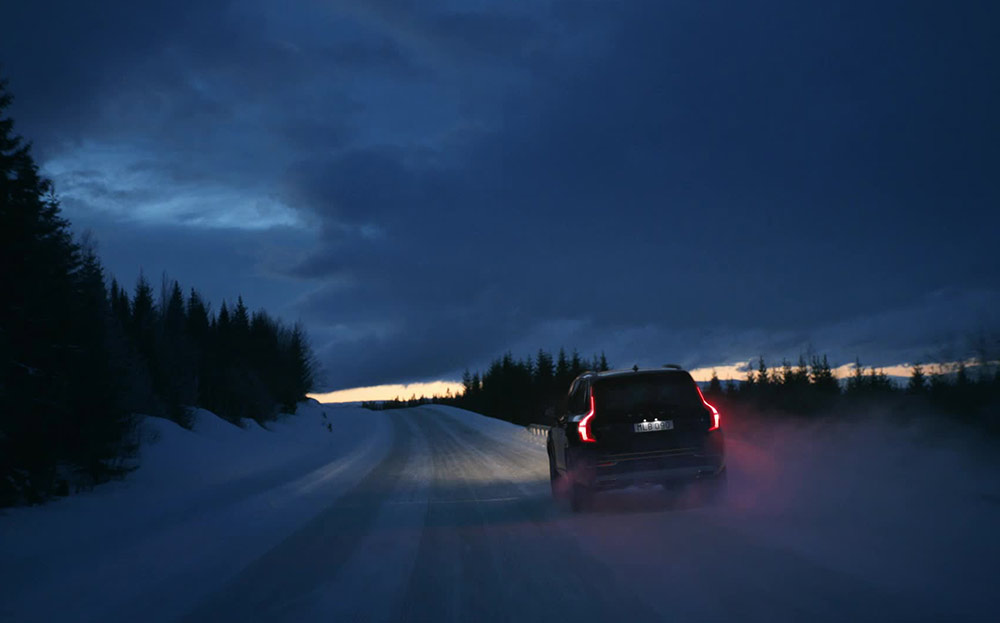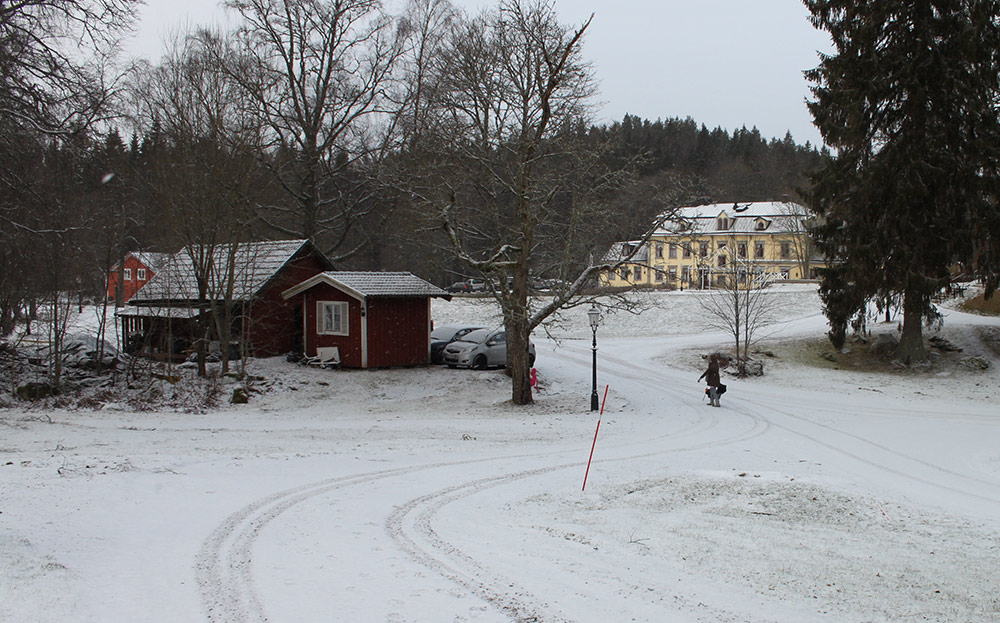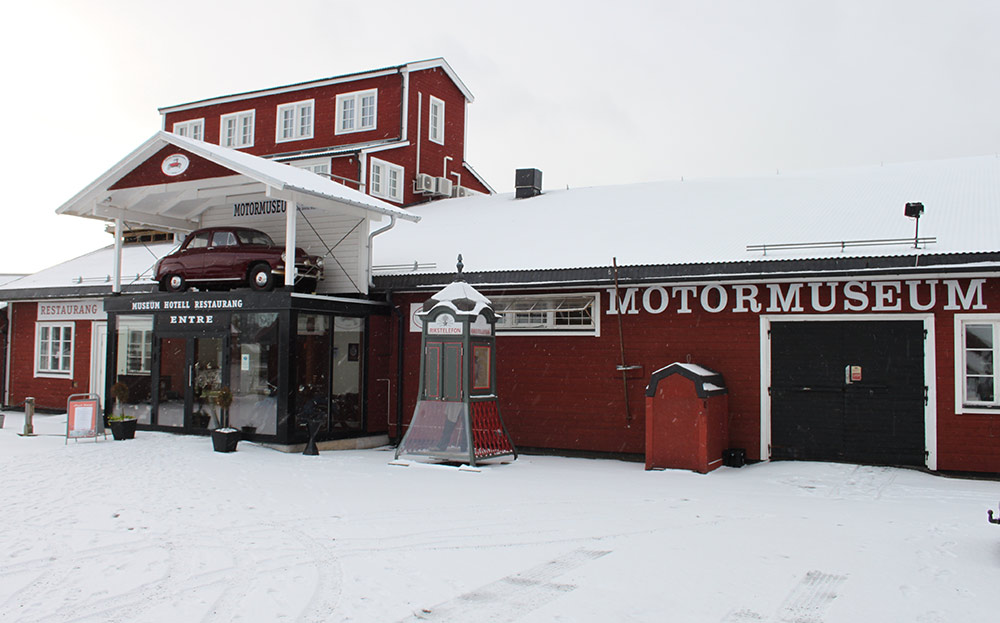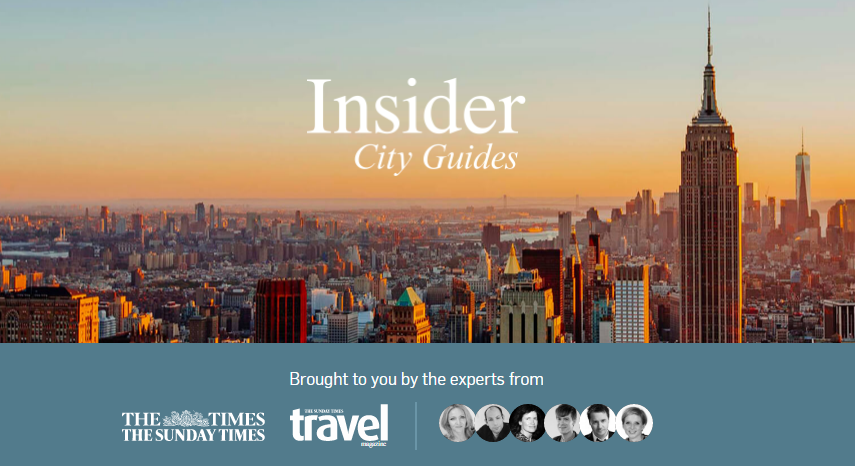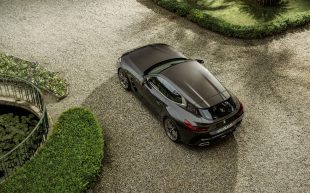Great Drives: A 1000km family-friendly tour of Sweden (video)
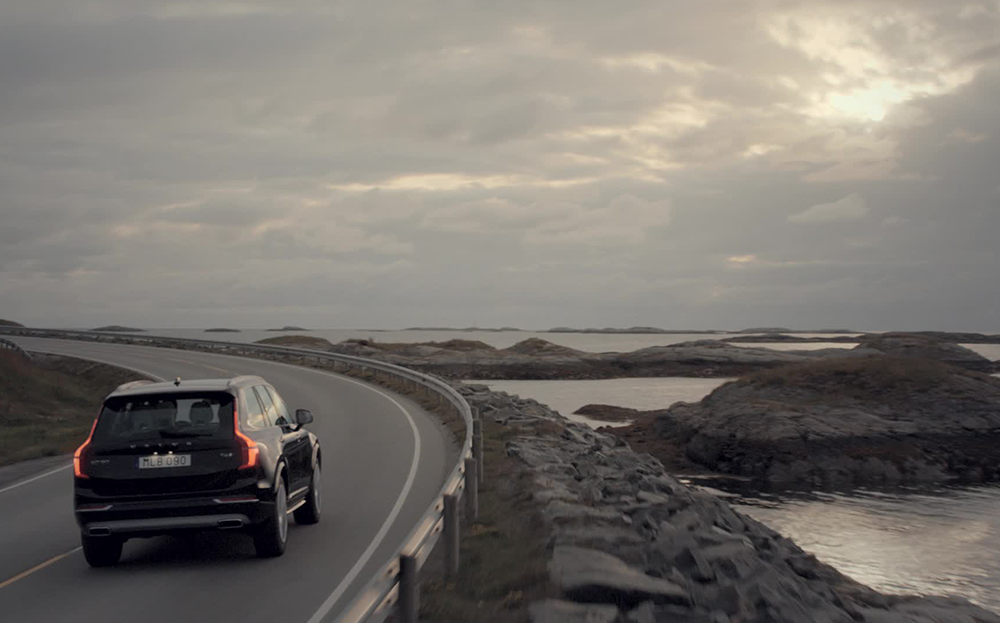
SWEDEN is so hot right now. If it’s not the cultural imports – from “Scandi-noir” TV shows to pop music producers – it’s the “Let’s not be jerks” attitude to equality, childcare, welfare and the environment (just 1% of Sweden’s waste goes to a rubbish dump, for example).
However, probably the main reason for visiting is the captivating landscape, which features a bit of everything: mountains, valleys, guaranteed snow in the far north and coastal waters down south that are warm enough in which to swim, during summer months.
An amazing 97% of the country is uninhabited, meaning huge areas of open land and incredible, unspoilt vistas. And if you’re driving through Sweden, there’s one thing you’ll not be able to avoid: the 95,700 lakes that pepper the country, ensuring dead straight roads are few and far between.
View the Volvo XC90s for sale on driving.co.uk
Land at Gothenburg in the west or the capital, Stockholm, in the east, and jump in a hire car and you’ll be free to discover the country. As the hometown of Volvo Cars, Gothenburg is where my family (my wife, two small children and I) began our trip. The intention was to tour some of the country, working our way north up the west coast before heading inland, above Karlstad, where we hoped to find some snow, before looping back south towards Linkoping (pronounced lin-cho-ping), then back to Gothenburg.
Having been handed the keys to a Volvo XC90 T8 Twin Engine (the plug-in hybrid version of the company’s all-new seven-seat SUV — read our review here), the kids and luggage were loaded and we set off up the E6 motorway, instantly noticing the relative ease with which one can get from place to place – the traffic jams we’ve come to expect in the UK are virtually non-existent, despite most motorways being what we would call dual carriageways, with just two lanes.
They’re also bordered almost exclusively by woodland or lakes, making long trips much more interesting than a slog along a British artery, with their frequent, grey industrial estates.
“Along the coast are numerous opportunities to stop and take in the sea views – or at least views of the 8,000 islands off the coast”
The E6 weaves its way north along the west Sweden coast before crossing the border into neighbouring Norway in a region known as Bohuslän, which is famous for its seafood – 90% of the countries oysters come from Grebbestad, a fishing village towards the north of the region – and characterised by its rocky landscape.
Along the coast are numerous opportunities to stop and take in the sea views – or at least views of the 8,000 islands off the coast. Locals can spend summers kayaking from one to another, with most areas being public land and therefore accessible to anyone, should they wish to explore. Marstrand, a short run from Gothenburg, is one of the larger ones; the trendy sailing and bathing resort is imposingly topped by the 17th century Carlsten fortress.
Further up the coast, before Grebbestad, you come to Fjällbacka, a picturesque fishing village-turned retreat for the rich and famous (Ingrid Bergman owned an island in the Fjällbacka archipelago). It’s definitely worth grabbing a fika (coffee) here, at least.
Don’t pass through the area without taking a look at some of the 3,000-year-old Tanum rock carvings that are dotted around – with the greatest concentration of these Bronze Age carvings in Scandinavia, it has become a Unesco World Heritage site. During the summer months you can visit the Vitlycke Museum for the best info.
We spent our second night at Everts Sjöbod, a 19th century boathouse with modern self-catering lodgings, where the owners will show you how to open – and sample – oysters freshly picked from the crystal clear water below.
From there, we worked our way inland along the 164 from the Bohuslän and into the Dalsland region, with the scenery changing noticeably from craggy rock to thick forest. Dalsland is sometimes referred to as Little Sweden, in that it features mountains, lakes, seaside-style living (on the Vänern – Sweden’s largest lake, covering an area of 2,183m2 – to the west) and forest. However, driving through you’ll notice a distinct American mid-west vibe, with the rural setting dotted with fields and barns featuring the distinctive Scandinavian angular roofs.
At no point did we encounter moose on the road but it isn’t uncommon to do so, particularly at night. Hitting such a beast in a car, we were told, with their long, thin legs and thick, heavy bodies, is likely to mean it ends up in the cabin with you – not a pleasant thought. Swedes cull up to 100,000 moose a year during hunting season, which is essential to stop numbers getting out of control, we were told. Doing so not only makes the roads safer but also protects the forests, as moose eat tree bark rather than grass, which is often under thick snow in their native habitats.
We stopped en route at the Dalsland Activiteter, an outdoor activity centre established in 1993 that attracts around 10,000 customers a year and offers high rope courses, horse riding, moose feeding and beaver safaris, amongst other things. It closely resembles an American ranch, complete with a country and western soundtrack in the main building.
Heading around the top edge of the Vänern we travelled 20 minutes north of Filipstad, encountering snow for the first time, and arrived that evening at our rental villa. A low point of the trip, we were unable to find the bed sheets that were promised and discovered a layer of dog hair covered the shabby sofas (and our three-month-old boy, after my wife put him down to change his nappy).
We couldn’t stay, and the XC90 came to the rescue, the sat nav showing me hotels in the Filipstad region (after driving from one to another that evening, we ended up at the fabulous Hennickehammars Herrgård stately home hotel, pictured below).
“Sitting in the snow outdoors for hours on end is for true rallying bobblehatters, not a family with two small children. That’s what my wife said, anyway.”
A lesson in holidaying – only stay somewhere with positive online reviews, and avoid at all costs the website www.sweden-holidays.com, through which we booked the villa and which is unwilling to offer a refund for our inconvenience. It was worth paying twice to be somewhere clean, however.
On a more positive note, the roads in the Filipstad area and north thereof are delightfully twisty and undulating, although you will need to keep your wits about you in the sub-zero temperatures of February, when we travelled, even with a 4×4 and winter tyres, as were (very sensibly) fitted to our Volvo.
Nearby during our visit, Rally Sweden was occurring, but we stopped short of a day spectating, as sitting in the snow outdoors for hours on end is for true bobblehatters, not a family with two small children. That’s what my wife said, anyway.
From Hennickehammars Herrgård we travelled to Motala, a small town in the centre of southern Sweden, between – and almost equidistant from – Gothenburg and Stockholm. The chief attraction was the Motala Motormuseum, a private collection of some incredibly interesting vehicles along with bizarre nick-nacks and amusing curios.
Browse NEW or USED cars for sale on driving.co.uk
It in fact constitutes Sweden’s largest motor museum, and it’s one of the most charming you could ever visit. The attached Hotell Nostagi offers free entry to guests and has smart, modern and well-appointed rooms named after famous car brands (we stayed in Daimler).
The final leg of our tour involved a short hop to Linkoping, a fairly large but charming town that is home to the Saab Group (its defence arm as opposed to the now defunct car company), before returning to Gothenburg airport via the E4 motorway and route 40. The E4 might win the award for most picturesque motorway in Europe, with stunning views across the Vattern lake as you pass through Öland, Gisebo and round the corner at Huskvarna.
Oh, and in case you were wondering – yes, there are a lot of Ikeas in Sweden.
Sweden 1000km road trip essentials
- How to get there Norwegian from London-Gatwick
- Where to stay Marstrands Havshotell, Everts Sjöbod, Hennickehammars Herrgård, Hotell Nostalgi
- What to drive Volvo XC90
- On the stereo Abba
Will Dron and family were guests of West Sweden Tourist Board in the Bohuslän and Dalsland regions. Visit West Sweden (westsweden.com) and the Explore West Sweden blog (explorewestsweden.com). Find them on Twitter (@WestSwedenTB) and Facebook (GothenburgWestSweden).
The Volvo XC90 T8 Twin Engine was supplied by Volvo Cars (volvocars.com).
Will Dron and family paid for flights, fuel, expenses and accommodation in Filipstad, Motala and Linkoping.


